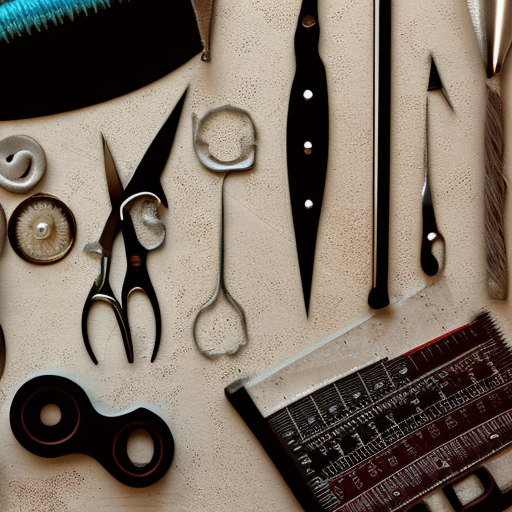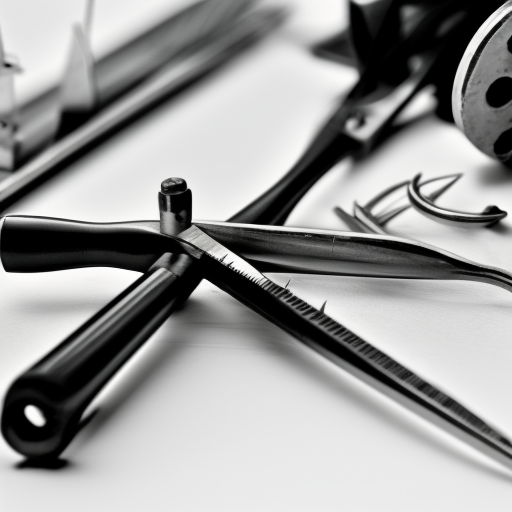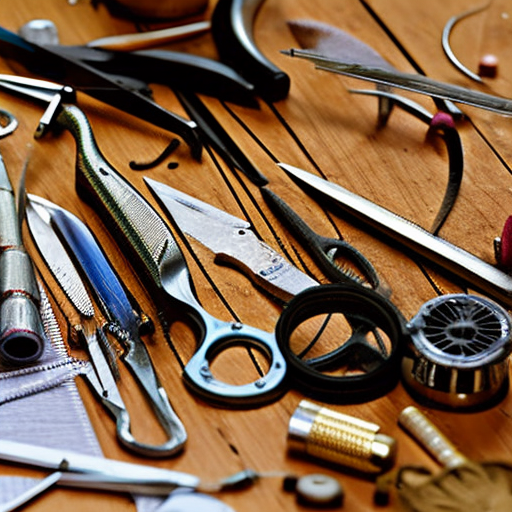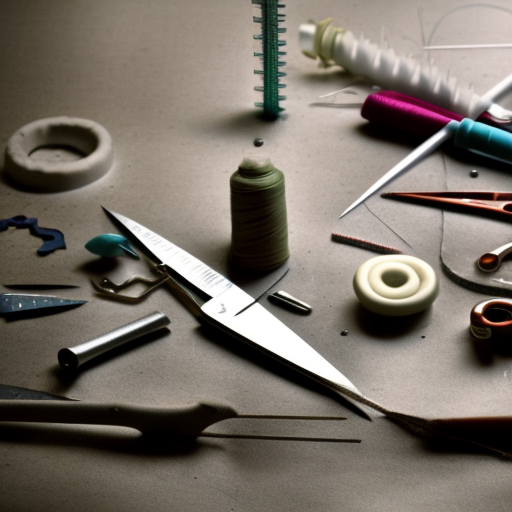Sewing is a skill that has been passed down for generations and continues to be a popular hobby and profession. Whether you are an experienced seamstress or just starting your sewing journey, one of the most important aspects you need to consider is the type of material you use. The right material can make or break a sewing project, which is why we have compiled this comprehensive guide to help you make informed decisions while buying sewing materials.
Fabric Types
Fabric is the central aspect of any sewing project, so understanding the different types of fabric available is essential. Here are some of the most common types of fabric you will encounter:
- Cotton: This breathable and lightweight fabric is one of the most popular choices for sewing. It comes in various weights, making it suitable for a wide range of projects. However, cotton fabric tends to wrinkle easily, and it is not the most durable option available.
- Satin: If you are looking to add a touch of luxury to your sewing project, then satin is the way to go. It is soft, shiny, and available in a range of colors. Satin is perfect for making evening gowns, lingerie, and accessories.
- Denim: Known for its durability and strength, denim is another favorite among sewers. It is a sturdy cotton fabric that is perfect for making jackets, jeans, and bags.
- Silk: This lightweight and smooth fabric is the epitome of elegance. It is incredibly versatile and can be used to make anything from blouses to dresses to scarves. However, silk can be challenging to work with, so it is recommended for more experienced sewers.
- Wool: Wool is perfect for creating warm and cozy garments due to its insulating properties. It is available in a variety of weights and textures, making it suitable for both winter and summer projects.
Fabric Characteristics
When choosing a fabric, it is essential to consider its characteristics, as each type of fabric has its unique qualities. Some crucial characteristics to look out for include:
- Drape: The drape of a fabric refers to how it falls and hangs. Some fabrics, such as satin and silk, have a more fluid drape, while others, like cotton, are stiffer in texture.
- Elasticity: Elasticity refers to a fabric’s ability to stretch and return to its original shape. Fabrics with high elasticity are perfect for making garments that require form-fitting and freedom of movement.
- Weight: The weight of a fabric is measured in grams per square meter and determines its thickness. Lighter fabrics are suitable for summer projects, while heavier fabrics are better for colder weather.
- Weave: The weave of a fabric plays a significant role in its appearance, durability, and ease of sewing. Common types of weaves include plain, twill, and satin, each with its unique characteristics.
Buying Tips
Now that you are familiar with the various fabric types and characteristics, here are some essential tips to keep in mind while purchasing sewing materials:
- Consider Your Project: The type of project you are working on will dictate the type of fabric you need. For example, a bridal gown would require a delicate fabric like silk, whereas a tote bag would need a sturdier fabric like denim.
- Quality Over Quantity: It is tempting to stock up on cheap fabrics, but in the long run, buying high-quality fabric will save you time and money. Invest in good quality fabric that will last and give your projects a professional finish.
- Check for Defects: Before making a purchase, inspect the fabric for any defects, such as snags, stains, or holes. These defects can affect the final outcome of your project, so it is essential to choose fabrics that are in perfect condition.
- Trial and Error: One of the best ways to become familiar with different types of fabrics is through trial and error. Experiment with different types of fabrics, and over time, you will gain a better understanding of which fabric works best for each project.
Final Thoughts
Choosing the right fabric is a crucial step in the sewing process, and with the help of this guide, you can now make informed decisions while purchasing sewing materials. Remember to consider your project, fabric characteristics, and always opt for quality over quantity. With the right materials, your sewing projects will turn out beautifully every time. Happy sewing!





Great resource! This can be a fantastic reference for anyone looking for quality sewing materials!